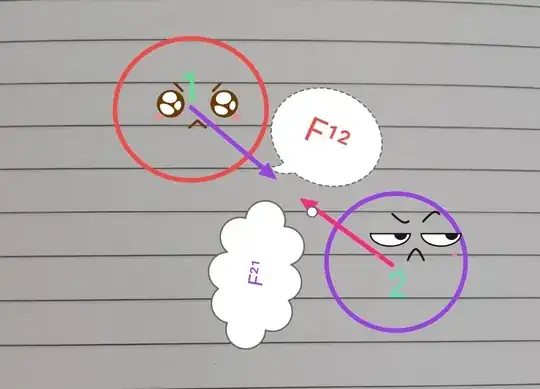I would like to rephrase this question into the following form:
Is three laws the minium, or is a system of two axioms also possible?
I think the answer to that is yes.
Of course, implicitly you are already using the axioms in the form I describe below, I'm only making it explicit.
First let me propose a form of the first law that is similar in form to Kepler's law of areas.
Axiom:
Motion of a particle in the absence of a net force:
in equal intervals of time the motion will cover equal intervals of spatial distance.
The above axiom is stretching to deal with multiple things, among them properties of space and properties of time.
Since the second law (F=ma) will cover any change of motion (including absence of change), the first law doesn't have to make a statement about motion. Instead, the first law can be both narrowed down and expanded to deal exclusively and explicitly with space and time.
Axiom 1:
Physical space has the same uniformity and the same symmetries as 3-dimensional Euclidean space.
Physical time has the same uniformity and the same symmetry as 1-dimensional Euclidean space.
Axiom 2:
F = ma
It seems to me that in the above form the axioms are sufficient to imply newton's third law.
Thought demonstration:
You are in a spacecraft, floating in space, and you want to push another spacecraft away. If the other spacecraft has much more inertial mass than your own, then you pushing will result mostly in you pushing yourself away from the common center of mass.
To do any pushing around you need leverage, and in space the only leverage you have is your own inertial mass. For the second law it makes no difference who is doing the pushing. Since symmetry of space has been asserted in the first axiom the third law follows logically.
The above form of the axioms also has the following advantage: when transitioning to relativistic physics the replacement has exactly the same structure, only different content.
Axiom 1:
Physical spacetime has the same uniformity and the same symmetries as mathematical Minkowski spacetime.
LATER EDIT
Expanding the above thougth demonstration:
A team of programmers is commissioned to program a simulation of, say, the motions of a solar system.
Assume the members of the team have no prior knowledge of theory of motion.
The team is given the following pieces of information:
- The first and second law of motion
- Newton's universal law of gravity
The team is provided with the information that in physics it is invariably seen that if there is a formula relating three quantities all three permutations of the formula are causally valid.
More generally, in all of physics there is no known case of a one-way-door.
Example of every-direction-is-causally-valid: Ohm's law: V=IR
Whenever you know any two of those of the quantities you apply that formula to obtain the third.
The team members discuss the expected outcome of the following case: two spacecrafts, suspended in space. A cable extends between the spacecrafts. One spacecraft starts reeling in the cable. What will happen?
The team members assess as follows:
The reeling-in spacecraft is pulling itself towards the common center of mass of the two spacecrafts. The reason the reeling-in spacecraft can exert a force at all is because of its own inertial mass. The larger the inertial mass of the reeling-in spacecraft, the smaller its own acceleration towards the common center of mass. It follows that distinction between the-reeling-in-spacecraft and spacecraft-being-reeled-in is moot. The result will be identical so you can't tell the difference anyway. Taking it from there they have all they need to program a correctly running simulation.
Let the inertial mass of one spacecraft be 'm1' and the other 'm2'
The team members infer: m1*a1 = -m2*a2
In physics, when one does assessments one must always keep an awareness of physics background knowledge. All of that should infuse any assessments under hand.
And yeah, back in the days of Newton and his contemporaries there was much less background knowledge available. So in that sense in Newton's time the case for adding the third law was stronger than it is now.
